WHAT: Cruising around the amazing Salar de Uyuni, the salt flats of Bolivia WHERE: In the southwest of Bolivia HOW LONG: 3 days, 2 nights HOW MUCH: 850 BOB ($123,- USD) per person for a tour with a Spanish guide, including all meals and private accommodation
In for an epic tour? Take off to Bolivia and visit the incredible Salar de Uyuni. If water is life, then you’ll find the absence of both in this lip-chapping dry area. The famous salt flats nearby Uyuni were created when a prehistoric lake dried up, leaving a very salty crust behind. With its 10,582 square kilometers (4,085 square miles) Salar de Uyuni is also the largest salt flat in the world.
For many adventure lovers, the salt flats are the sole reason for planning a trip to Bolivia. I guess everyone wants to make a couple of those famous ‘playing with depth’ pictures. But many, including myself, may be surprised that apart from the white crusty terrain, the desert that stretches all the way from Chile to the west and Argentina to the south has so much more to offer. The diversity and the colours of the region just keep on changing and once you’ve left the white plains, amazingly enough there’s even a lot of nature and wildlife out there. I had no idea!
We started our 3-day trip around the Salar the Uyuni by plane from La Paz. That early-morning flight was in itself already quite stunning, as you pass the salt flats too.
In advance we had our trip booked with Salty Desert Aventours. In the myriad of tour operators in Uyuni it took me a while to filter out where to start. As I we were limited in time and I didn’t want to go through the hassle of carrying our backpacks from one tour operator to another while comparing last-minute prices I figured it would be easiest to arrange the tour up front.
From all the organisations that I e-mailed – after I did the initial online filter based on Tripadvisor -, Salty Desert Aventours instantly gave me a very okay price: 1250 BOB ($180,- USD) per person for a tour with an English guide and 850 BOB ($123,- USD) per person for a Spanish guide.
This price included two nights of private accommodation (with shared bathroom), all the meals (2x breakfast, 3x lunch and 2x dinner) and transportation with a Toyota or Nissan 4×4 with a max of 6 visitors + the driver/guide in the car. We chose the Spanish guide, to save money and well … because we speak Spanish :). The operator also offers private tours for the price of 5400 BOB ($780,- USD) with a Spanish guide.
Note that not everything is included in this price. You still need to pay admission upon entrance for the cactus island and the national park (some 185 BOB / $27,- USD per person). You also need to pay for the toilet (2 to 5 BOB) and for a hot shower (15 BOB).
The reviews on Tripadvisor about Salty Desert Aventours were pretty okay. It was at the time being the second highest rated tour operator in Uyuni, after Red Planet Expedition (their tours costed a lot more though). So I figured out that the trip at least couldn’t be the worst, right? Read and see in here what our 3-day tour was like!
DAY 1: Perspectives, cactus island and a rosy sunset
After our early morning arrival from La Paz at the tiny airport of Uyuni we were picked up by Salty Desert Aventours. Quite a service and such a nice start of the trip! As we had to wait a couple of hours until all of the groups of Salty Desert Aventours (four cars in total) would start the 3-day journey, we had some time left for grocery shopping. Since there’s basically nothing out there in the desert you might want to come prepared, especially when it comes to food as the meals weren’t always particularly desirable. But more about that later.
Around 11 am we set off with our group of 6 persons, two Austrians, two Taiwanese and our Bolivian guide Grover. Thus a fully booked car.
Our first stop was the Uyuni Train Cemetery; a forsaken train station just out of town that was once the bustling distribution hub for minerals to Chile. We had some time to wander around in here together with all of the other groups. Unfortunately the area is like one big garbage field. Plastic bags are everywhere. Such a shame, as the old station really boats an old steam punk kind of vibe.
After a second stop at the super touristy Colchani Village – an obligatory drop-off for half an hour in order to buy some of those typical Andean souvenirs – we finally moved on to highlight of the day: the Uyuni Salt Flats. I made the picture below at the start of the salt flats, at a spot where we were still able to see the surrounding volcanoes right before we drove into the eternally white plains.
Looking sharp aight?! I’m wearing the obligatory tourist sweater.
When we continued to the Playa Blanca Salt Museum the surroundings started to become almost surreal. Nothing but whiteness all around us. It felt like walking in a weird dream, or perhaps in a nightmare.
We wandered around the Dakar Monument and made some drone shots of the flags before having lunch at the Playa Blanca Salt Museum. The name is a bit distracting as the building is not so much of a museum, but more a sort of safe hub for the groups to have lunch. Grover had made a picnic for us on one of the tables, which was made of salt. Just like the walls, the roof and the floor. Pretty cool. At least it’s easy to add some flavour to any of the dishes in here!
After lunch we set out to the whitest spot in the area: time for perspective pictures! Luckily we were far away from any of the other groups. Our guide helped us quite a bit with making the pictures and the films. I can tell you one thing: it’s not as easy as it looks. We were lucky with his profound training on this front, as he surely knew the best ways to capture the moment. Of course we were able to capture our favourite ideas too!
Some remarks for making pictures:
- The iPhone for sure made the most beautiful photos.
- It can be difficult to find the focus with a camera
- Bring a towel or something to put beneath you and your phone. Otherwise, before you know it everything will be covered in salty crusts
- That said, don’t wear your most precious outfit during this day, or during the trip for that matter
- Before the trip, think of anything you might want to take with you. Toy dinosaurs are popular attributes, so are bottles, pringle boxes or other food items. Think of things that can easily stand up without support. The ‘lollipop clip’ below for example took a lot of time to create, as the lollies were very difficult to dig into the salt flats.
We took our time making the pictures at the salt flats and therefore we had to hurry a bit to our last stop: Isla Incahausi. This rock-filled hilly ‘island’ stands fierce in the middle of the salt flats, dotted with with gigantic cacti that are hundreds of years old.
Walking over here is just amazing and so surreal.
When it rains, the surrounding sceneries become even more spectacular as the salty crust becomes a giant mirror. As we were at the end of the raining season (end of April), we experienced that a bit during sunset.
Right before dark we reach the ‘village’ of San Juan, where we spent the first night in a Salt Hostel. Again, as the name suggests, everything was made from salt in here: the floors, the walls, the tables, the chairs. The toilets weren’t thankfully. All of the rooms were private (with twin beds) and bathrooms were shared.
Although the idea of a salt hotel may sound like a luxury thing, it wasn’t necessarily. I mean it was special, but all was just very basic. Unfortunately this included the dinner – a giant platter of meat with even more sauce to share – something we would preferably eat after drinking rather than having it for dinner. Moreover the staff in this place was super rude to us. They basically ignored all of the tourists and cared little for our needs.
So all in all not the best stay. But hey, at least it was a remarkable one.
DAY 2: Flamingo’s, chincilla’s and a fox
New game, new chances. After an surprisingly okay breakfast – with toast and eggs – we set of to the volcanic rocks and altiplanic lagoons around 8 am.
The landscape slowly became less salty.
After a first drive we took a break near the train tracks. Grover explained us about the geological history of the area and there was some time to play in the early morning cold of the desert too.
Our guide never really let us know in detail where we would be going next, but that actually had an upside: we were surprised immensely every time!
We were stunned for example when we reached this flamboyance (a group of flamingo’s – great word isn’t it :)), smack right in the middle of a scenic lake.
Even from an obligatory and necessary distance you could still observe them well.
Our next stop was only a small ride from this mirror-like lake. Again we stopped near a antiplano lake with cool views on some pretty pink fellows – although less scenic than the previous one it for sure was a splendid spot for our picnic! Grover had brought a pretty decent lunch along with him: rice, chicken, veggies and some snacks. We sat down on a table next to the car and gazed at the nearby wildlife in between.
Fuelled up we were ready to cross a new part of the area – a barren desert. And still, incredibly enough there was life to be found in here as well. Cute chinchilla’s, small ostriches and a curious Andean desert fox were all running on the plains.
After a long drive and some experiments with the drone we got out of the car at the Piedra de Arbol, the ‘stone tree’. Strangely shaped formations were waiting for us at this super windy spot. Unfortunately the drone got pretty sand blasted in here too.
We kept slowly climbing in altitude during the day, meaning that the temperatures dropped too. So once we reached Laguna Colorado we were really freezing our butts off. But whether we liked it or not, the stinging bite of the wind had an advantage: it made the lake look gorgeous. As you can see below parts of the lake were super red, a transformation caused by algae that changes as the wind blows.
Vinicuñas grazed peacefully nearby the lake as we cruised on towards the Huayllajara Village; our final stop for the second day. Although we thought we would stay in a dorm this night we were rather lucky. As we were the first ones to arrive in this hostel all of us were able to get a private room. Most of the jeep tours end up sleeping at this very basic place.
And again, the service unfortunately was extremely lacking. We had to wait for hours for our food, which barely was enough for all of us.
The good thing was we had a pretty sunset to enjoy during that wait.
DAY 3: Geysers, volcanoes and goodbyes
Rise and shine early!
At 4:30 we left Huayllajara village and drove to the nearby otherworldly geiser of Sol de la Mañana. The air was freezing cold, but the earth beneath us clearly was a lot warmer and that could be felt, as the crust of the earth was a lot thinner here at almost 5000 meters. The smell of sulphur came out of the grounds in spurts and the steam created an air of mystery.
Be careful though with walking around, you really don’t want to fall in one of those geisers and not all guides are as careful with guiding their visitors.
The air temperature was still very cold and the sun had not yet warmed up the Salar. Therefore our next stop at the Aguas Termales de Polques was a welcoming one. Even if you don’t want to soak in the warm waters of the pool, staying here for a while is quite nice.
The funniest thing of all in here is to see all of the birds in the nearby pool. Apparently flamingo’s like hot springs too :), who would’ve thought!
All warmed up we got ready for a real life painting. The surreal Salvador Dalí desert is famous for its unlikely shaped rocks and indeed its arid and stork look does evoke something of a surreal sight. It’s just a happy coincidence as Dalí never painted this particular Bolivian desert. You’d almost expect one of his melting clocks or giant horses in here too.
Near the Bolivian-Chilean border two gorgeous lagoons remind us of the beauty of Bolivia before saying goodbye.
The green lagoon is located at the feet of the Licancabur volcano, at 4,350 meters above the sea level. The reason for its particular colouring is the high content of magnesium that exists in most of the geologic formations of the area. The nearby white lagoon is white mainly due to amount of borax present. The wind will sometimes kick up the borax dust making it look like water vapor.
Time to say goodbye at Hito Cajon! Our group was splitting up in here. Some continued all the way back to Uyuni and some of us (including myself) went to Chile.
The border is located at an altitude of 4,480m and is an easy way to reach the north of Chile, via San Pedro de Atacama in Chile. Crossing the Bolivian border isn’t too difficult. Most of the organizations charge an extra $10,- USD for the bus that you need to take from the Chilean border to San Pedro. Crossing the Chilean border is a bit more difficult. We had to wait for hours before undergoing a thorough check. For some kind of reason the Chilean guards for example thought my contact fluid was very suspicious. Oh well, the things you have to endure sometimes while crossing borders.
The rest of the group cruised along the Salar once more, via the eastern road and arrived again in Uyuni around 5pm.
So that was that! Do I have any other tips?
- Make sure you’ve adjusted yourself enough to the altitude. During this trip you’ll reach epic heights and this can be tough if you come from sea level. One of the guys of the other groups had to be brought back to Uyuni on the second day as he couldn’t coop with the altitude.
- Bring warm clothes! And sun screen.
- And a bit of comfort food
- Think ahead of what kind of perspective pictures you want to make in salty areas and attributes you might need
- Also think ahead of anything else you might need (contact lenses, paracetamol, bikini), as it’s simply impossible to buy stuff on the salt flats
Would I go again with Salty Desert Aventours?
I’m not sure to be honest. Although the guide was driving safely (tough it’s to hit something anyway in the desert), he helped us with making the pictures at the salt flats and he gave us some explanations in between of what we were seeing I had the feeling we were nothing but just another tour group for him. He didn’t really ran the extra mile.
Apart from that the accommodation is super basic. That all is nothing to complain about in particularly, but the thing I really thought was bad about this tour was the service at the accommodations. The staff of both hostels clearly couldn’t care less about their visitors. They just ignored everything and it wasn’t like were acting as spoiled brats, at some point someone of our group was just asking for knives and was just barked at.
I do have to mention, I was probably having a bit of high standard at the time being. A week earlier we had just experienced an extremely well-organised tour with a very caring and welcoming guide while doing the Salkantay trekking.
As most of the tours stop at the same location you might experience this kind of service anyway. However if I’d go again I think I would book with Red Planet Expeditions, even though this tour would be way more expensive.
Don’t think I didn’t like the tour though, I absolutely loved cruising around the Salar de Uyuni. After our 3-day tour my shoes and bag were covered in bleaching salty crusts – but it was all so worth it. The solitude one find in these vast kind of desert spaces just has a humbling effect. The diversity and beauty of the area is just insane. Moreover, we had a very cool and modest group, which in the end is a very defining factor too.
I hope this article was helpful for you, and if you have other questions, don’t hesitate to ask me!
Also, fly along in here ↓ during our trip and see what we encountered!
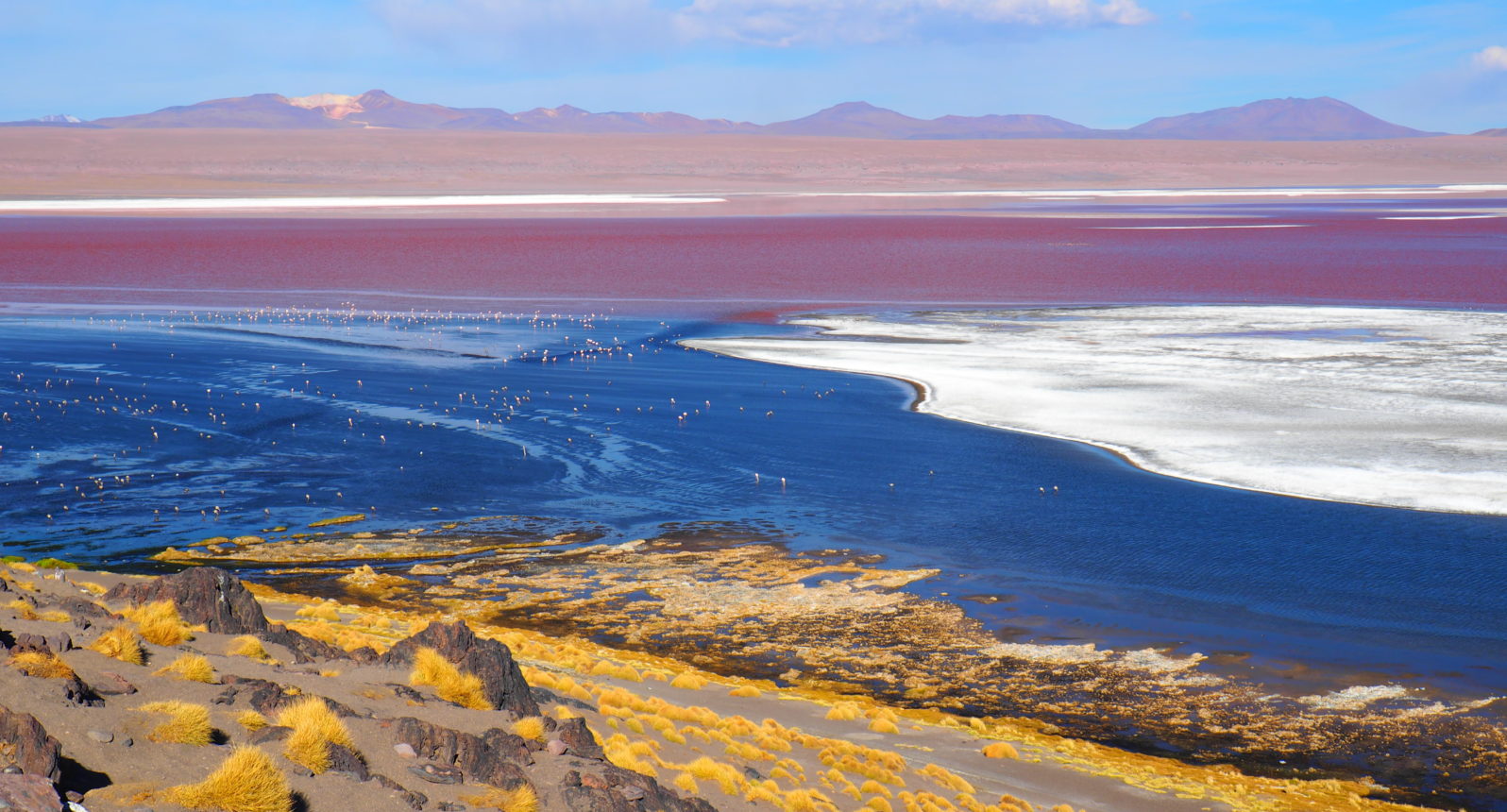
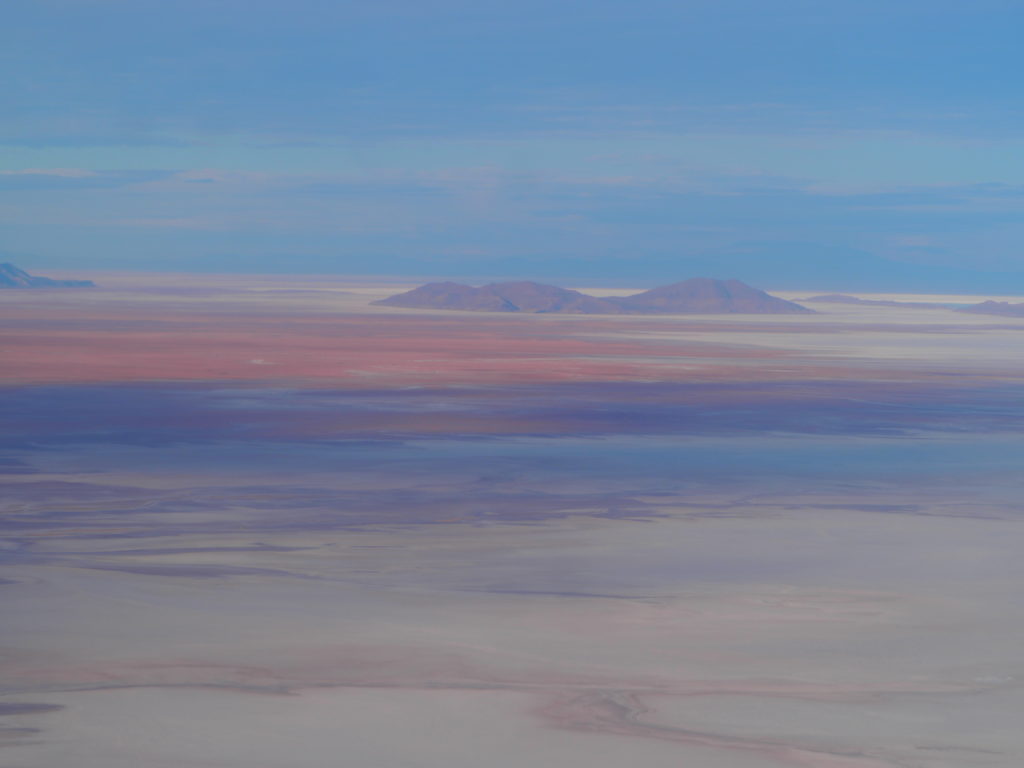
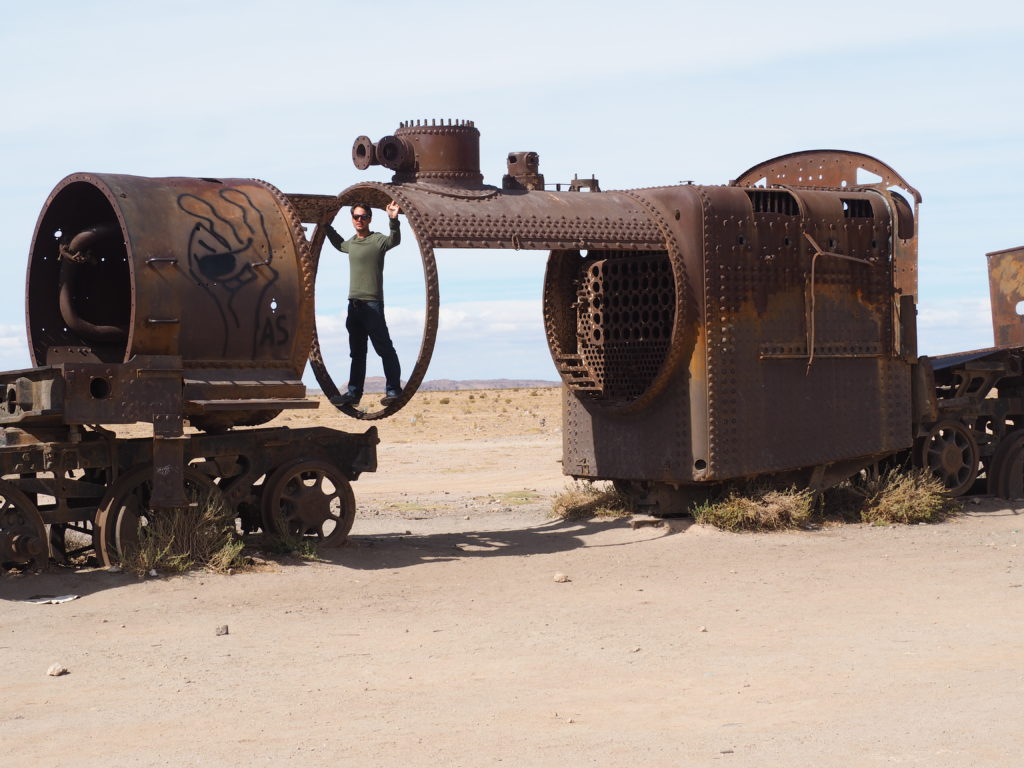
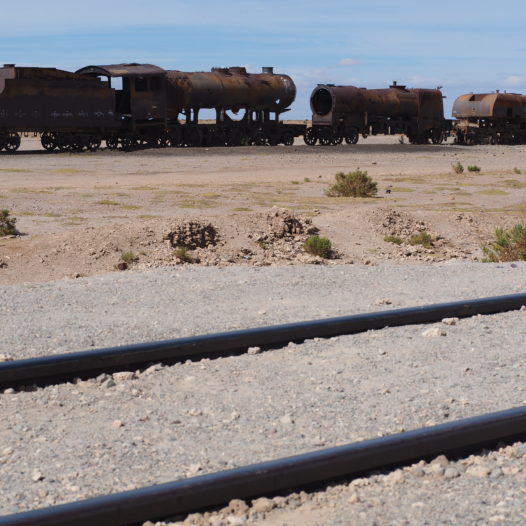
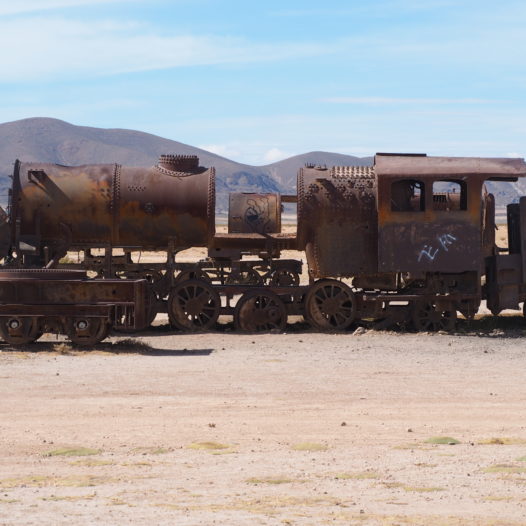
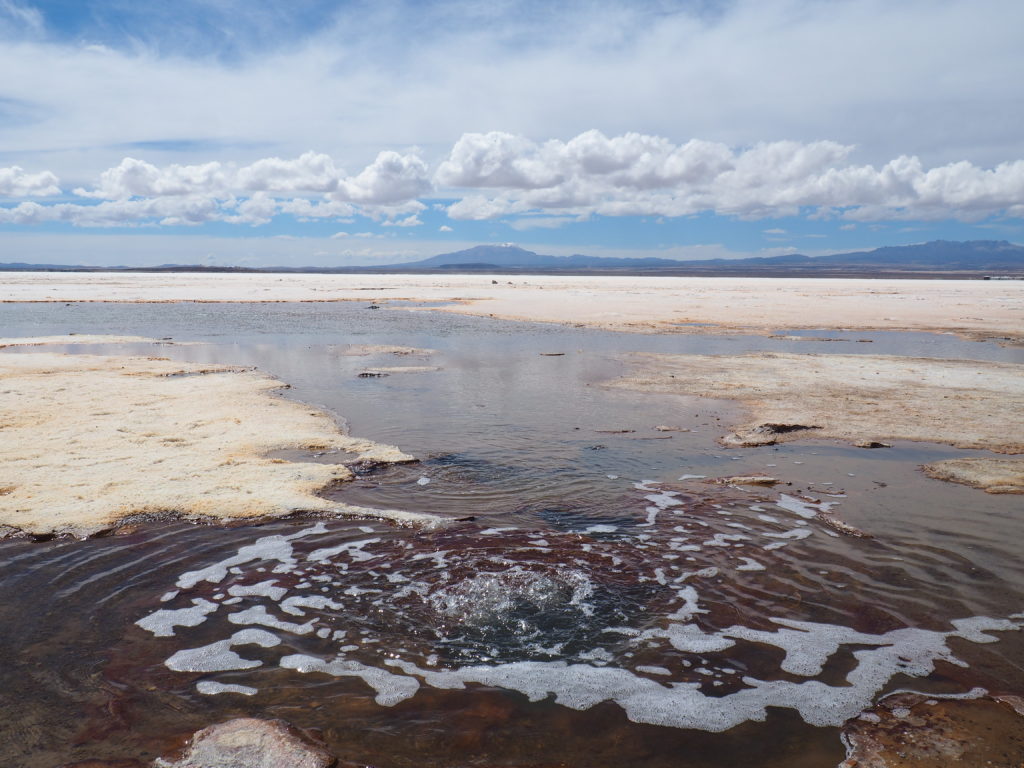
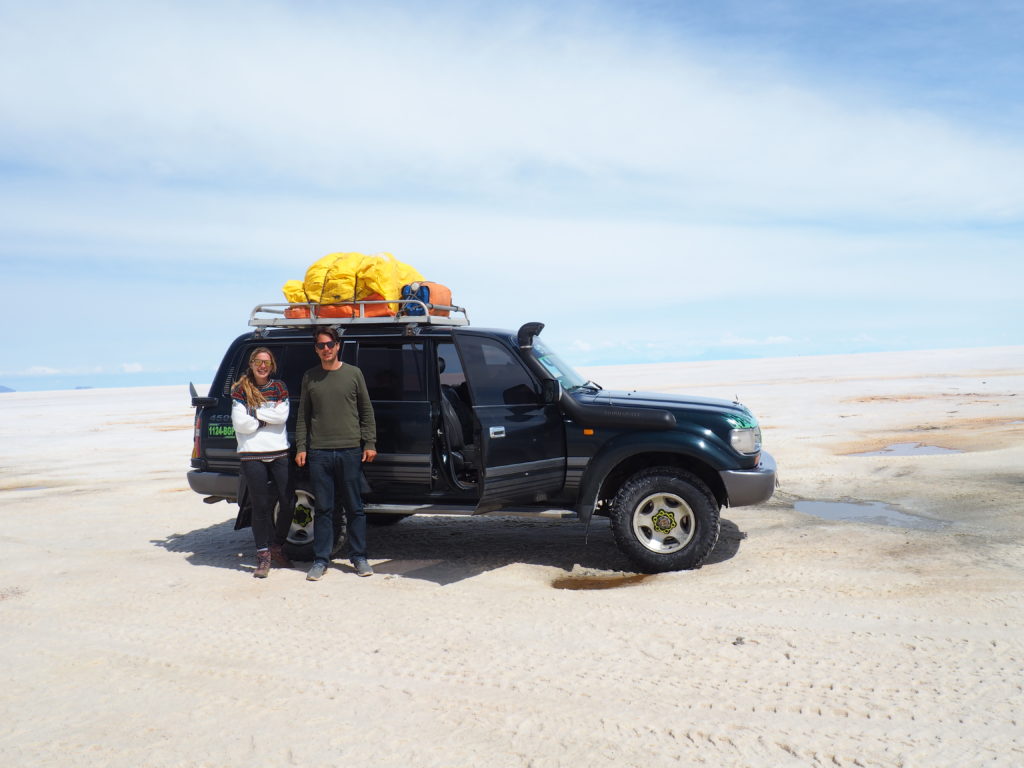
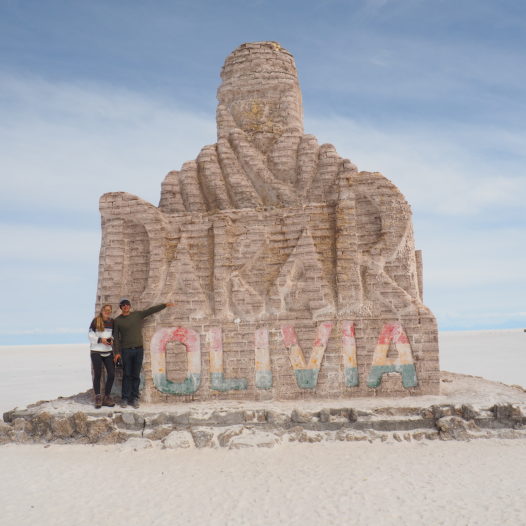
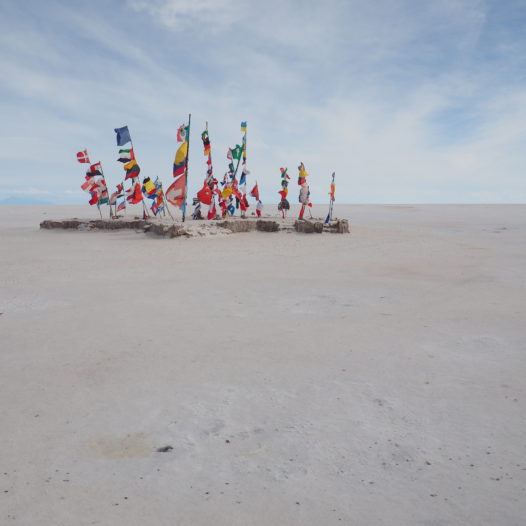
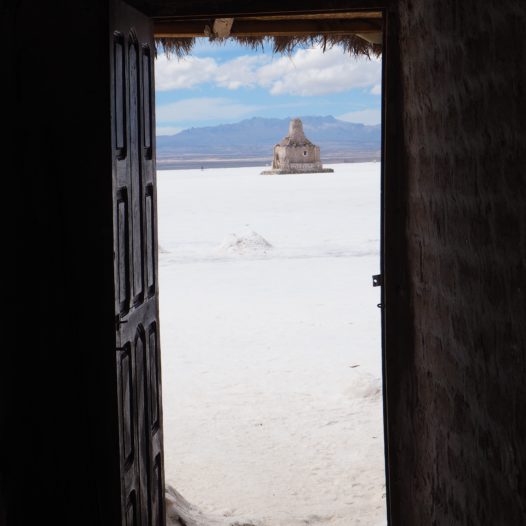
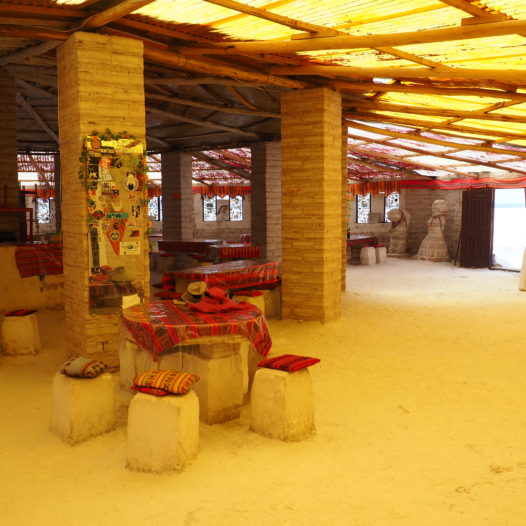
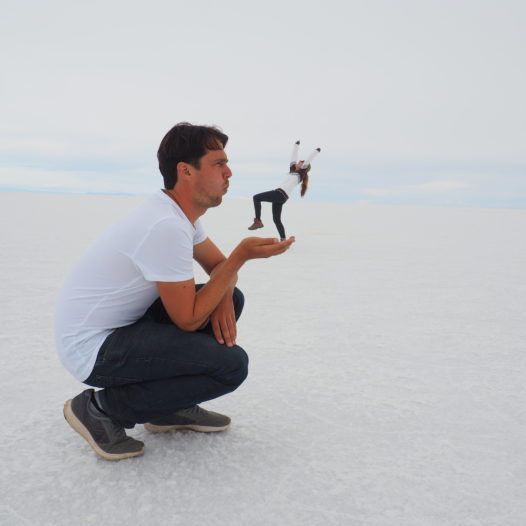
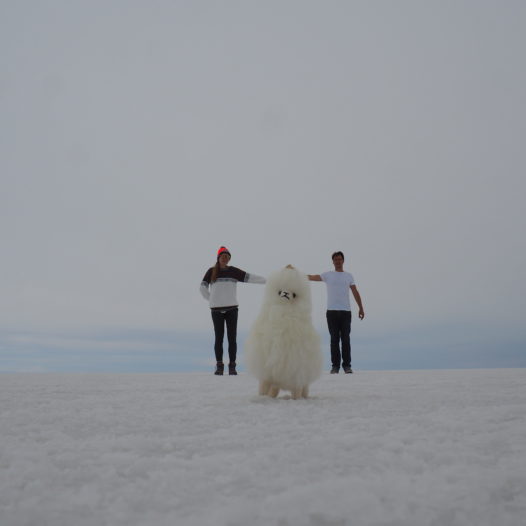
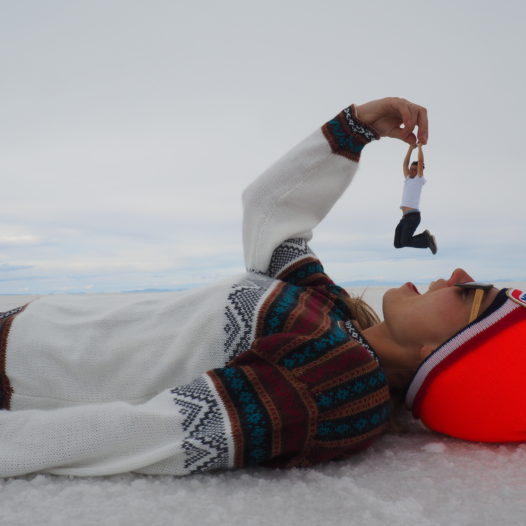
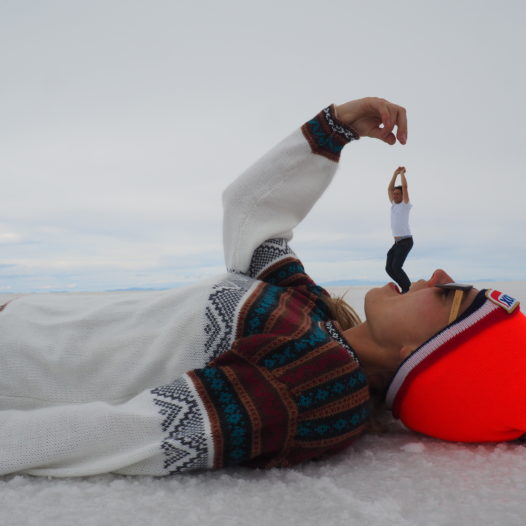
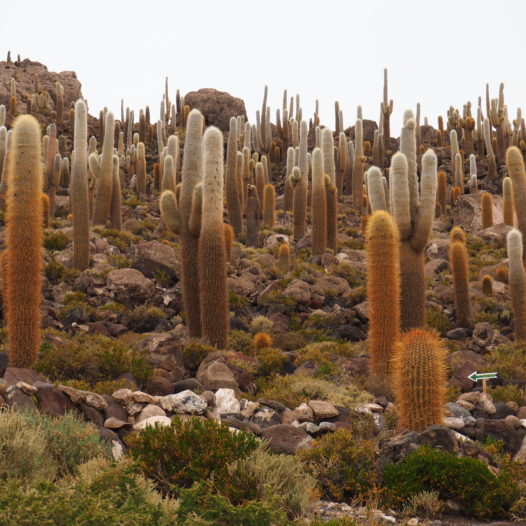
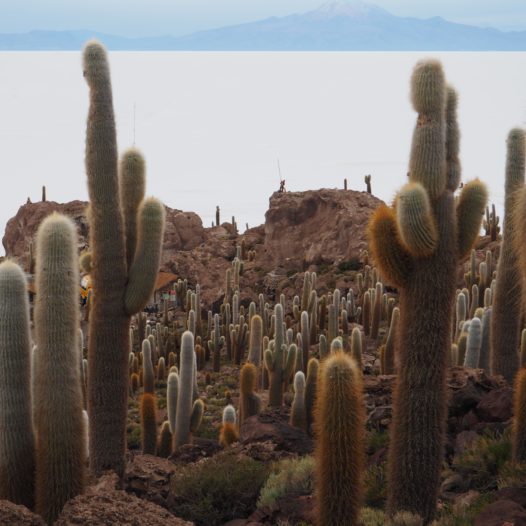
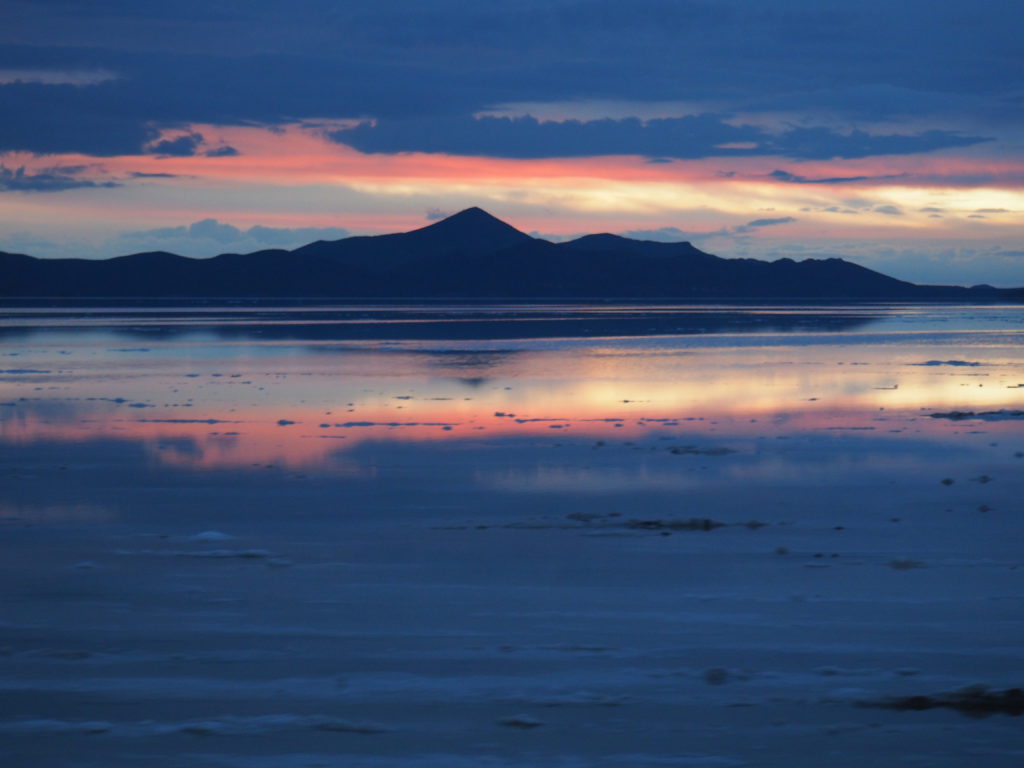
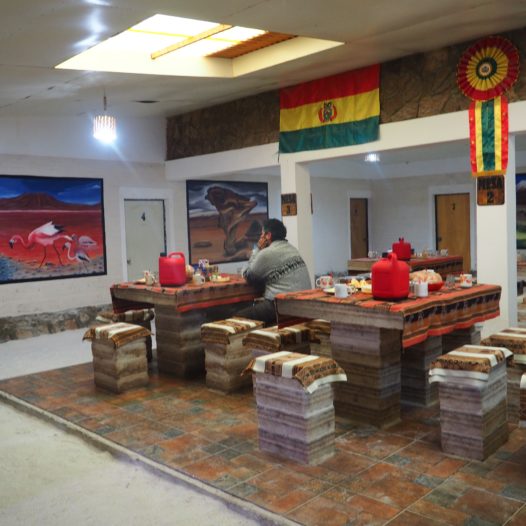
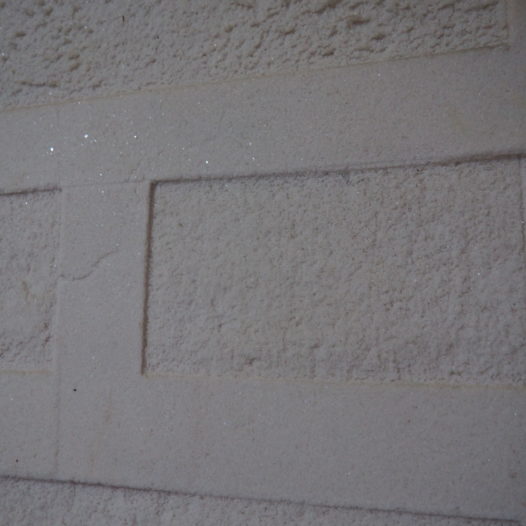
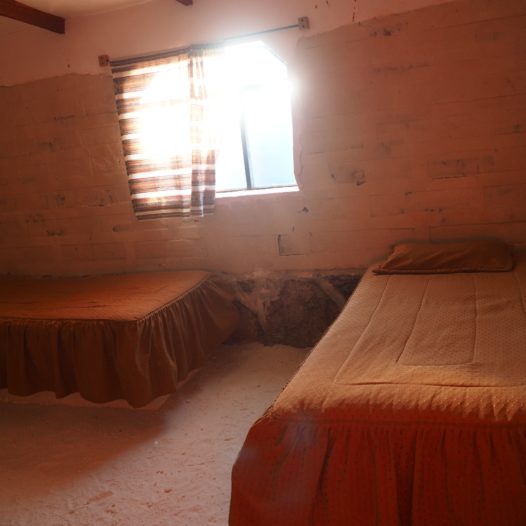
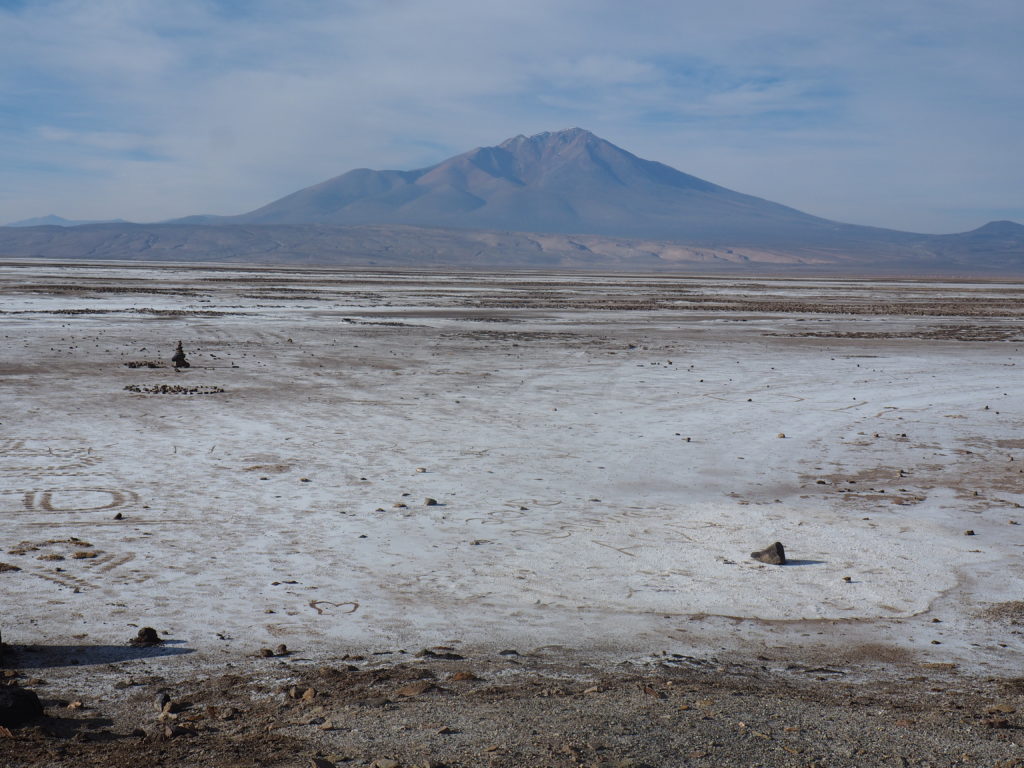
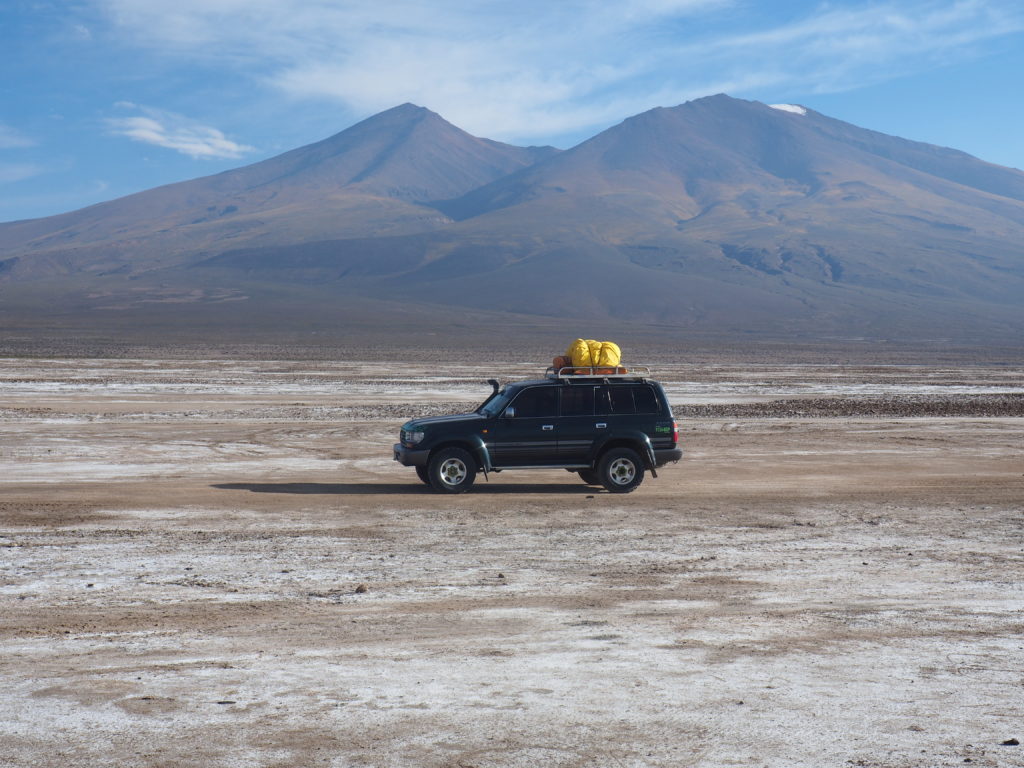
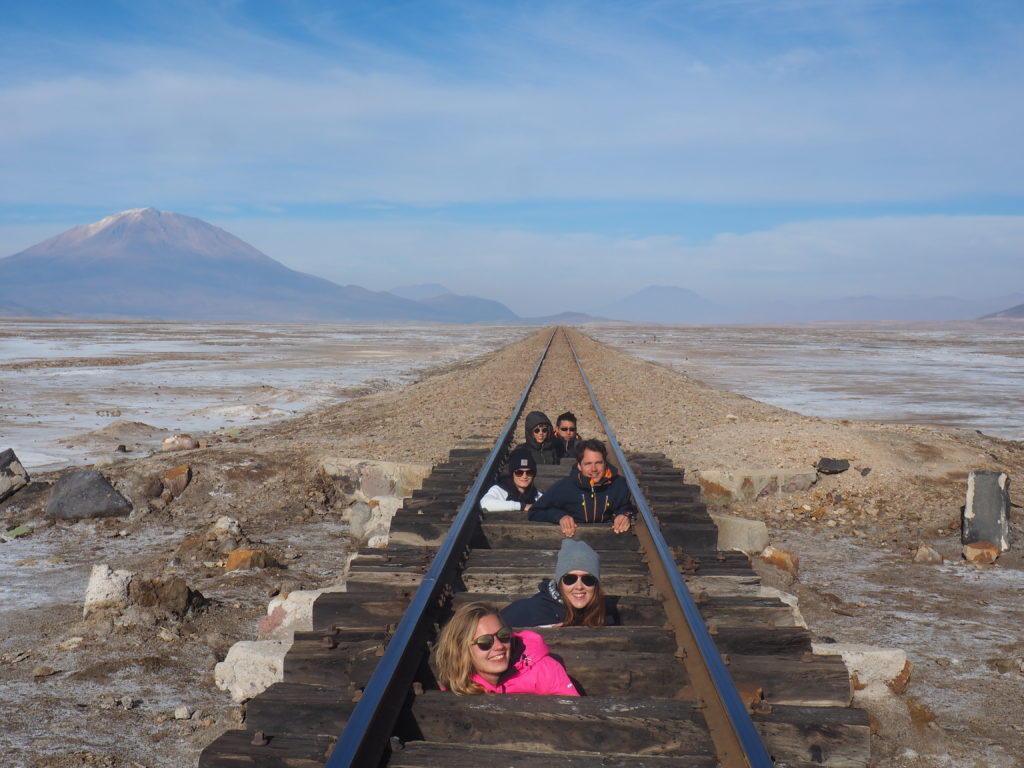
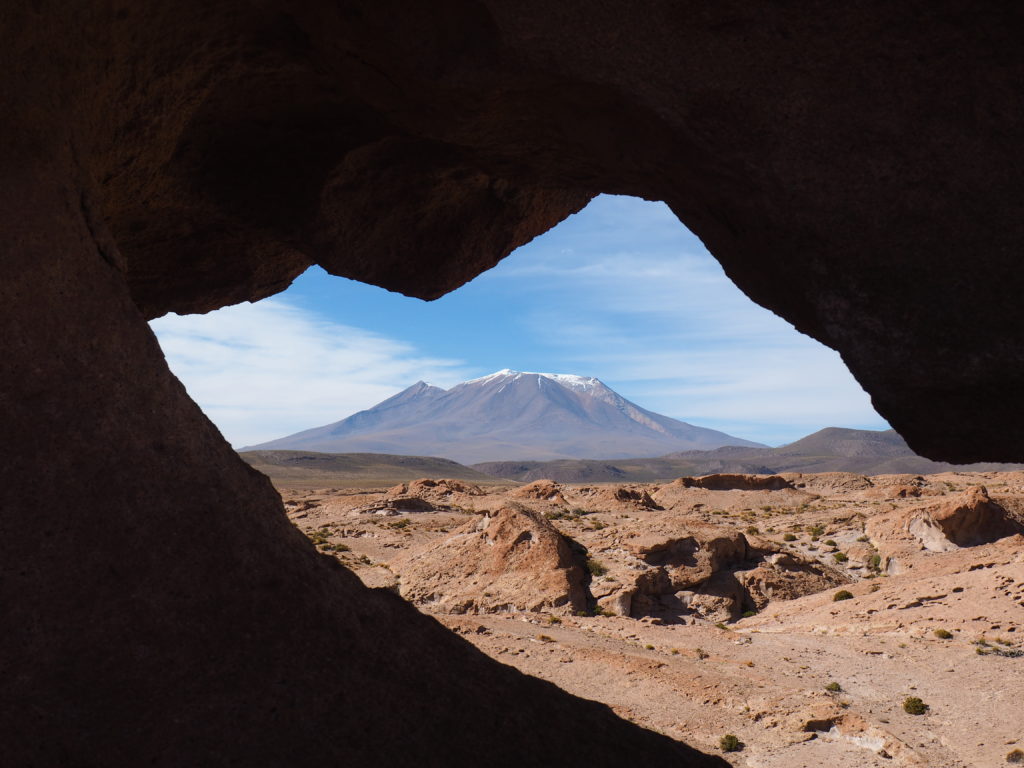
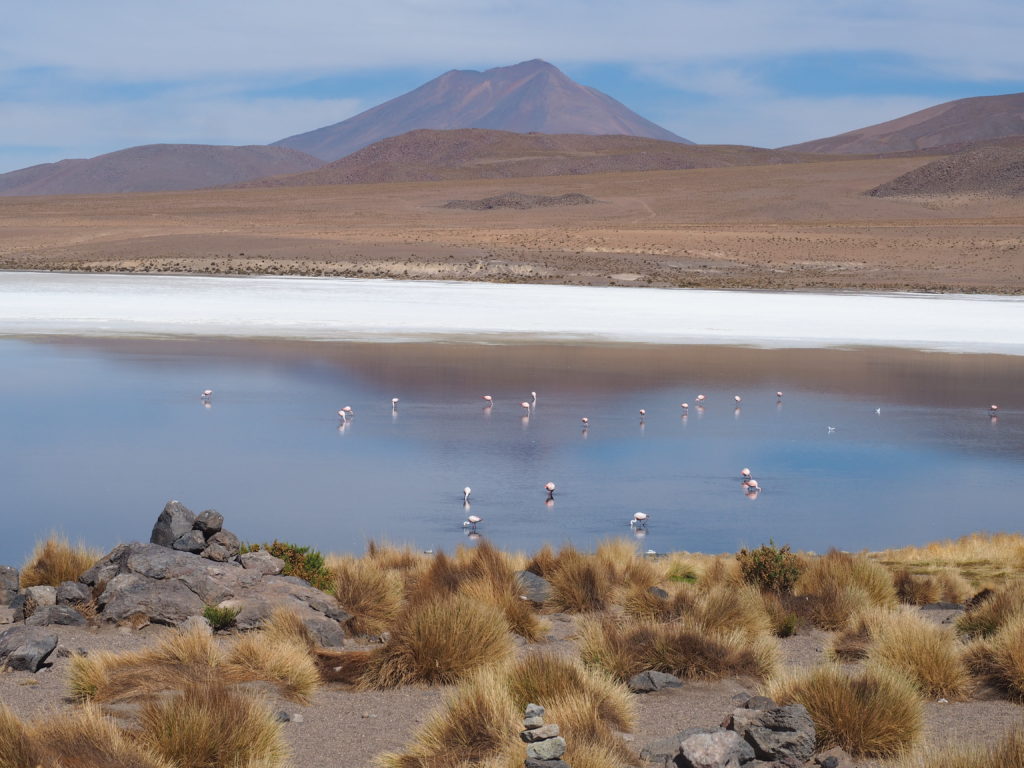
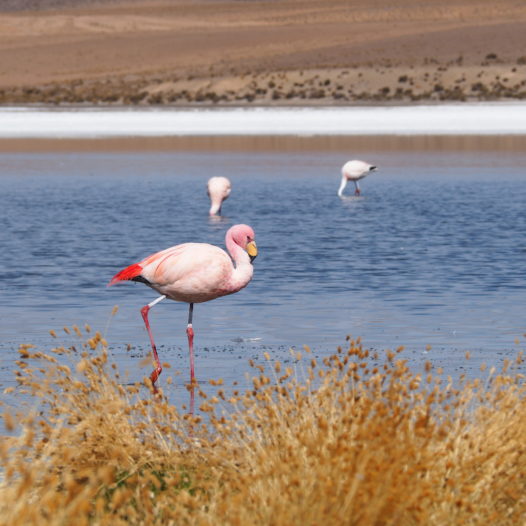
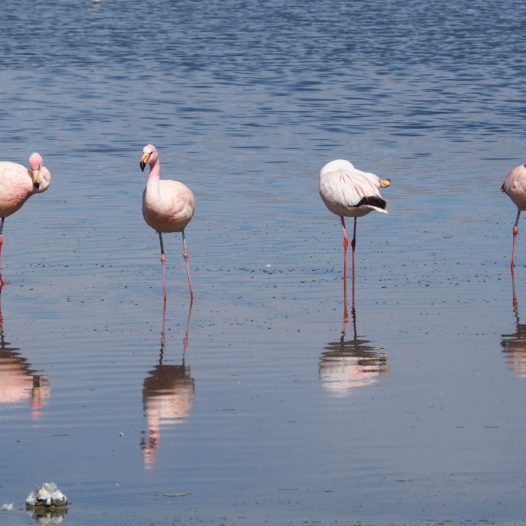
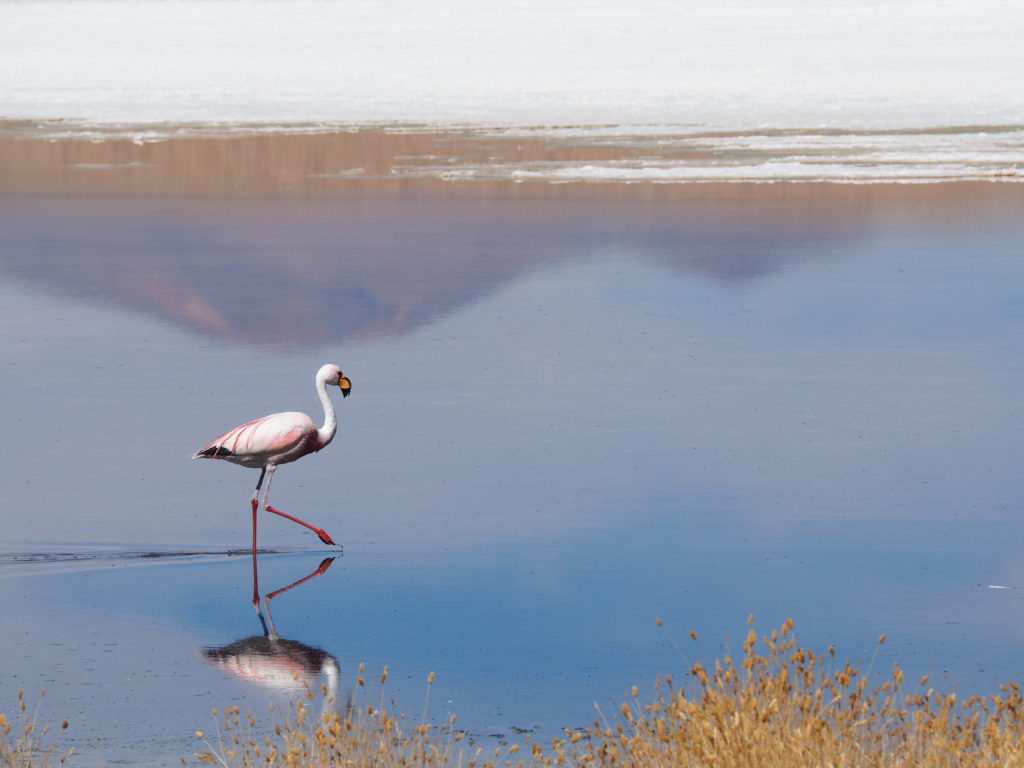
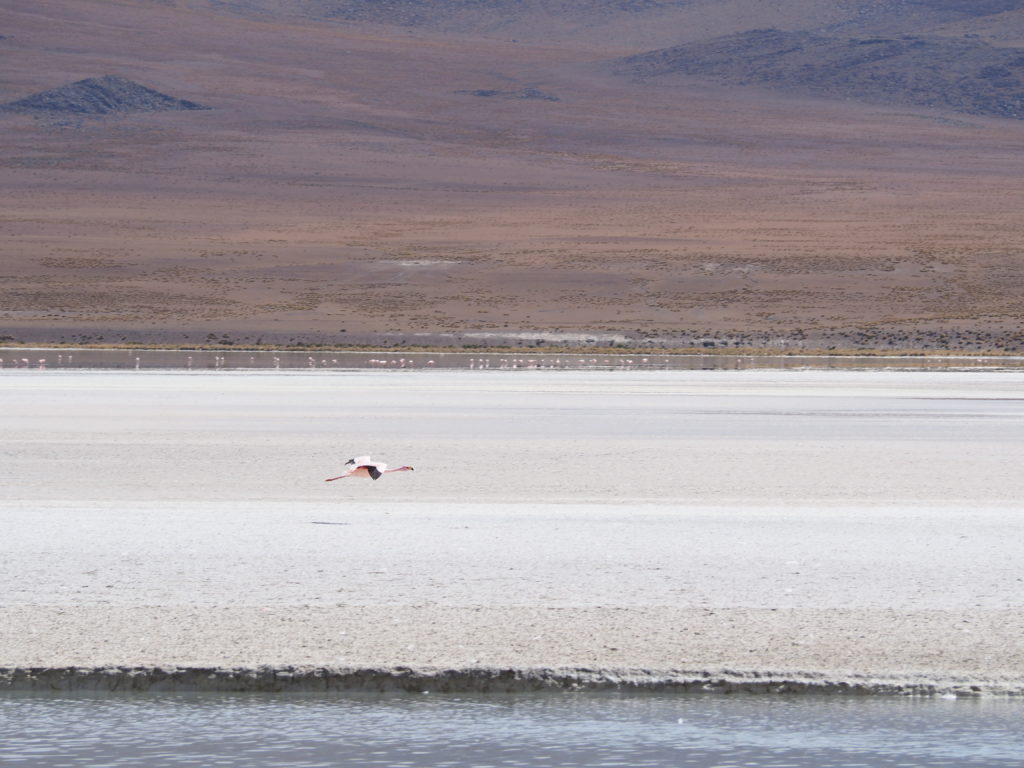
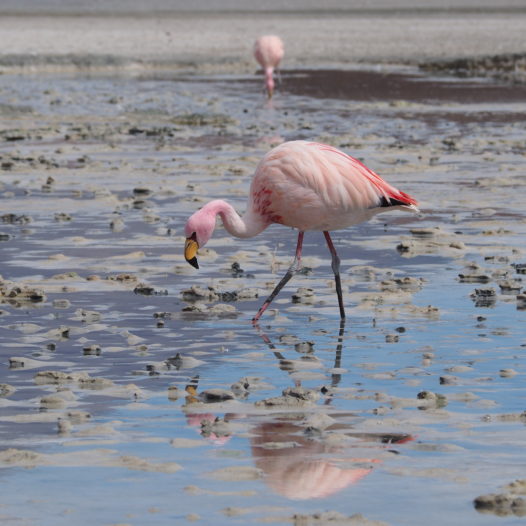
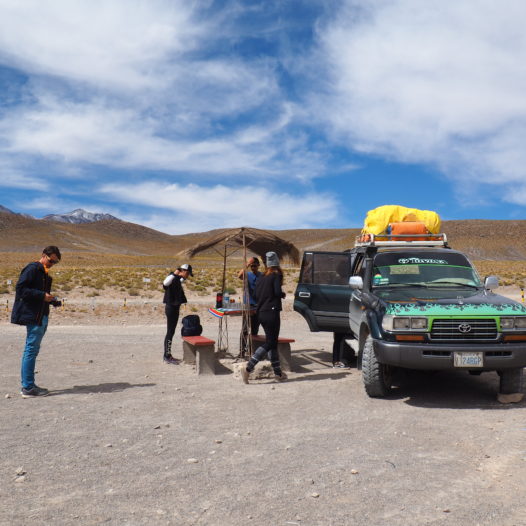
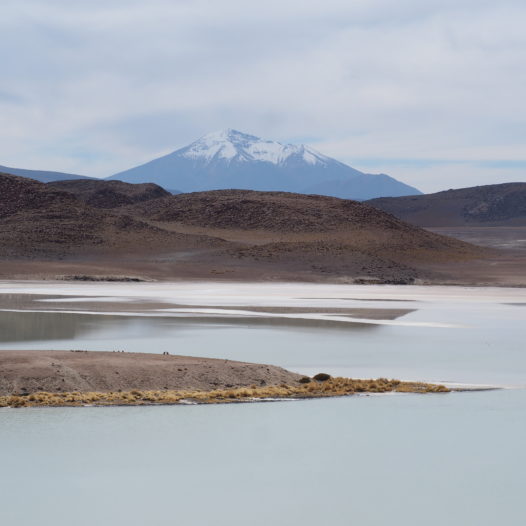
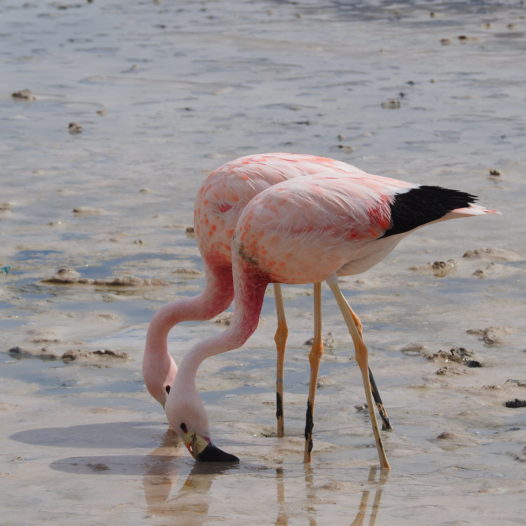
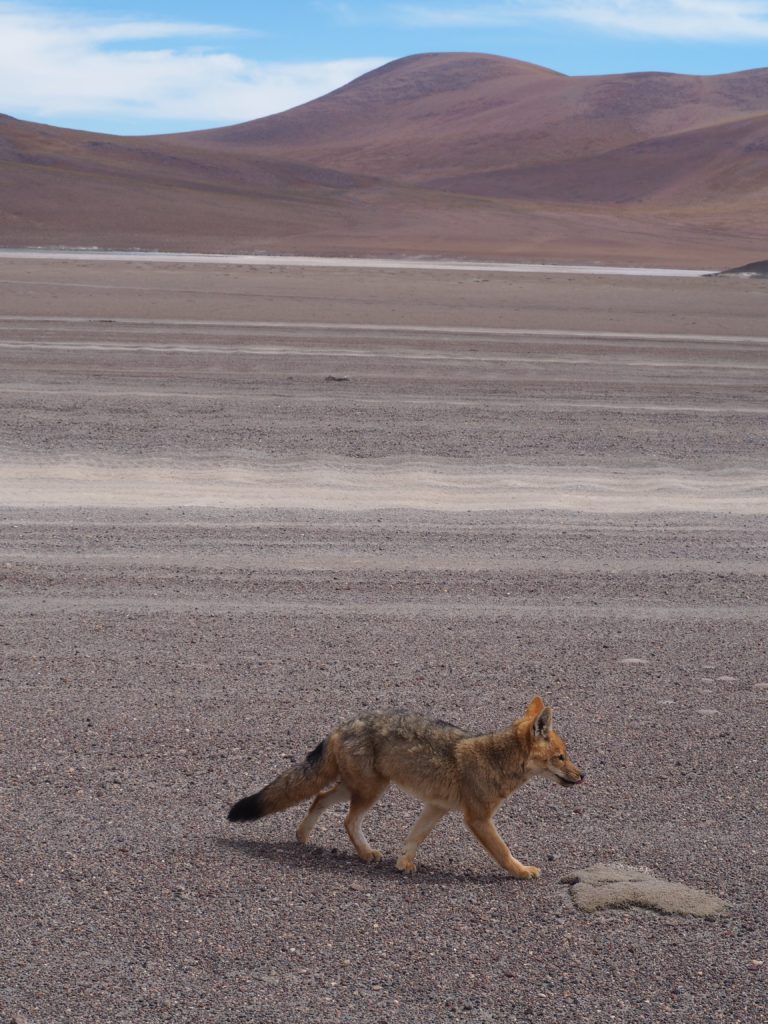
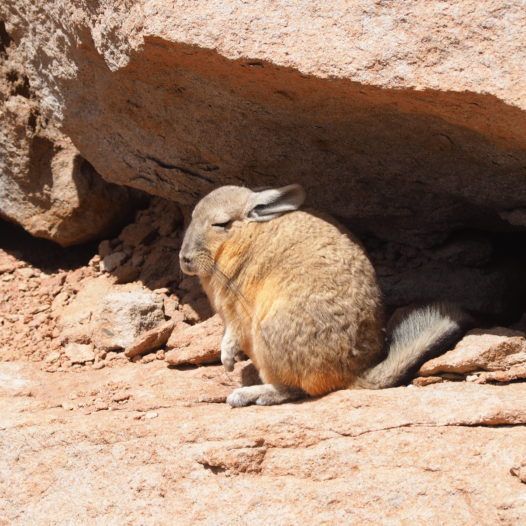
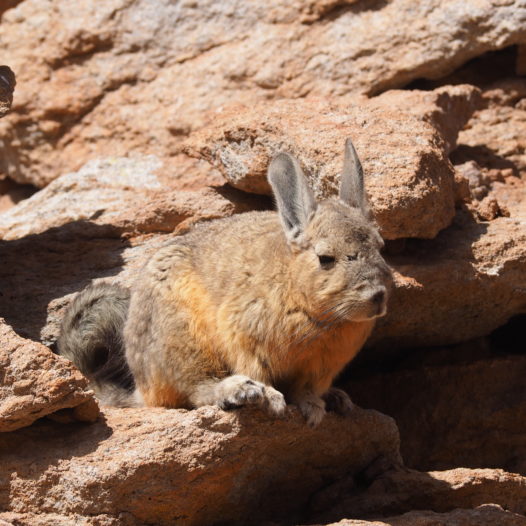
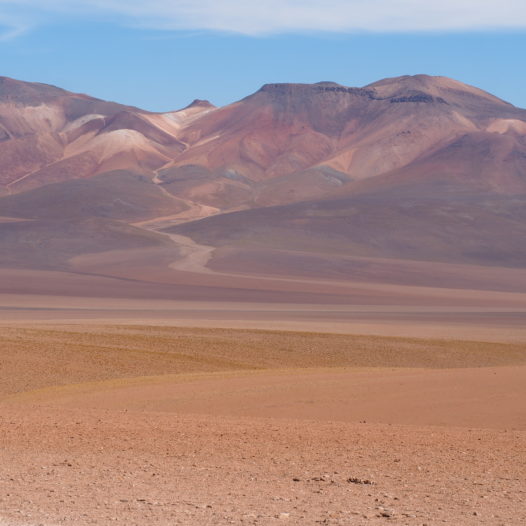
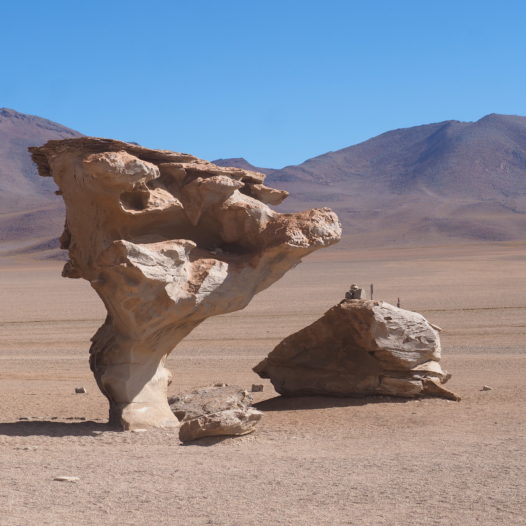
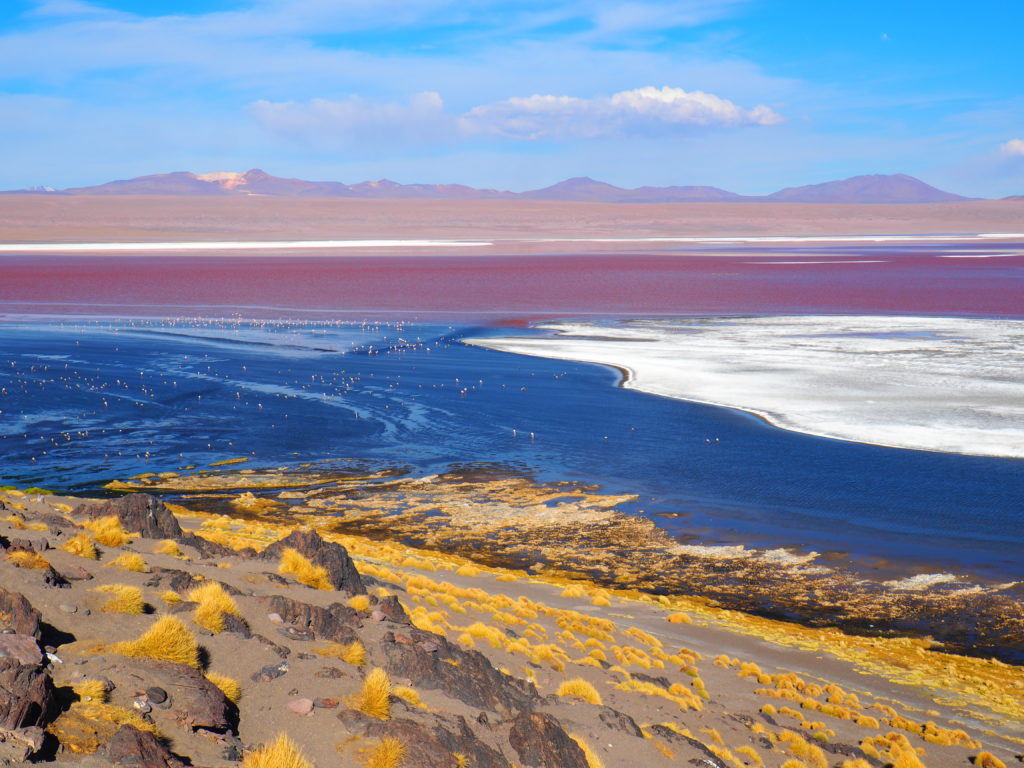
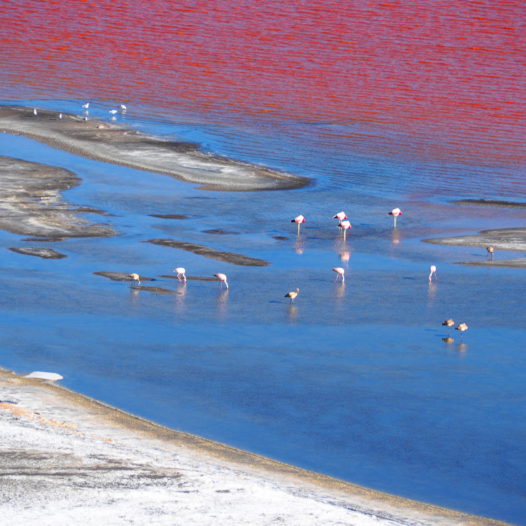
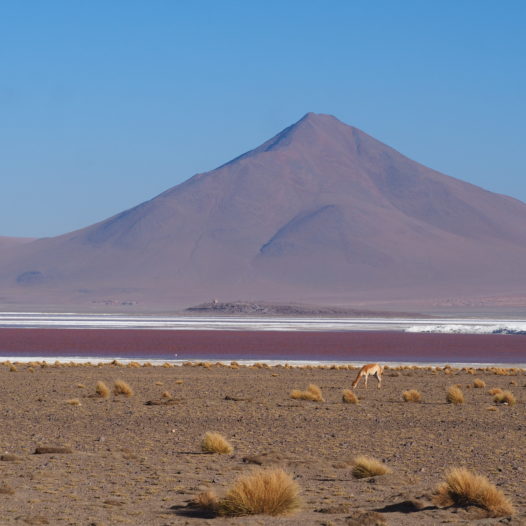
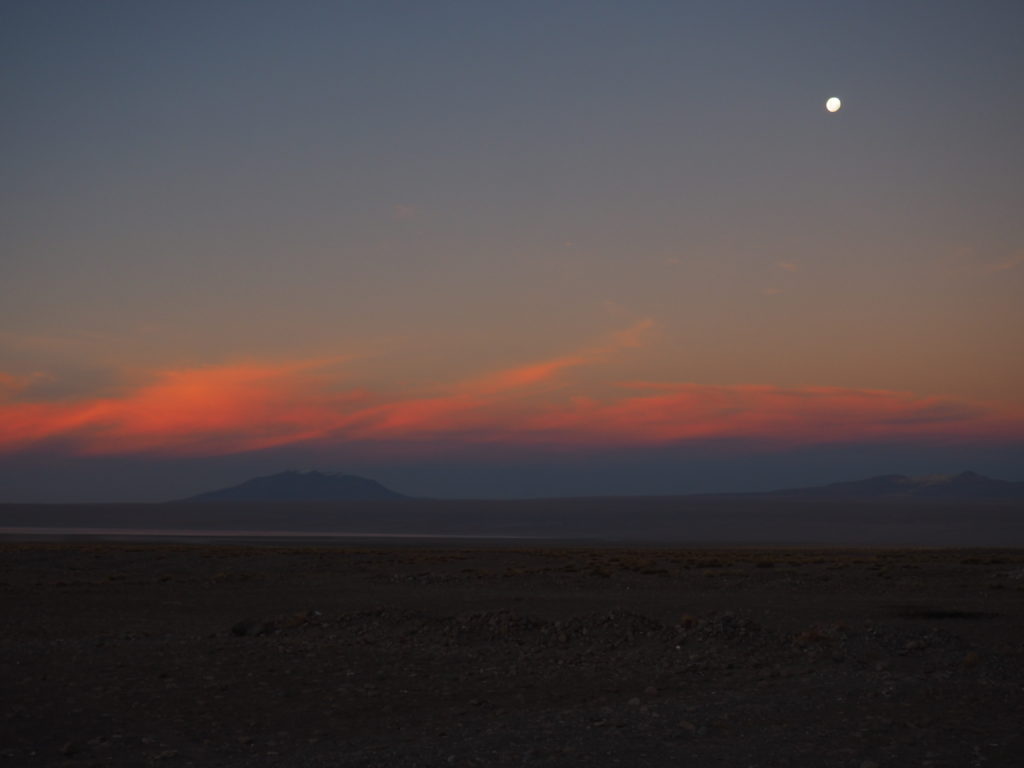
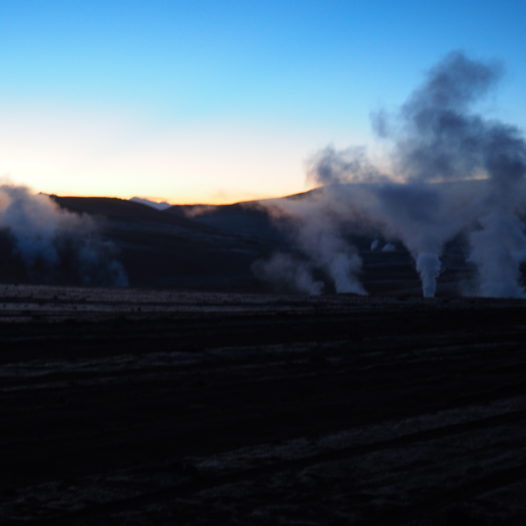
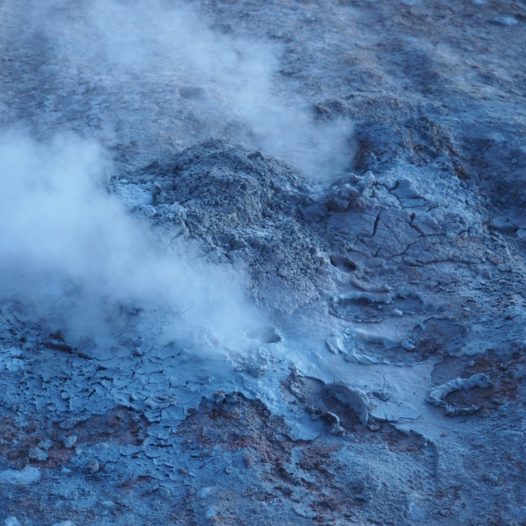
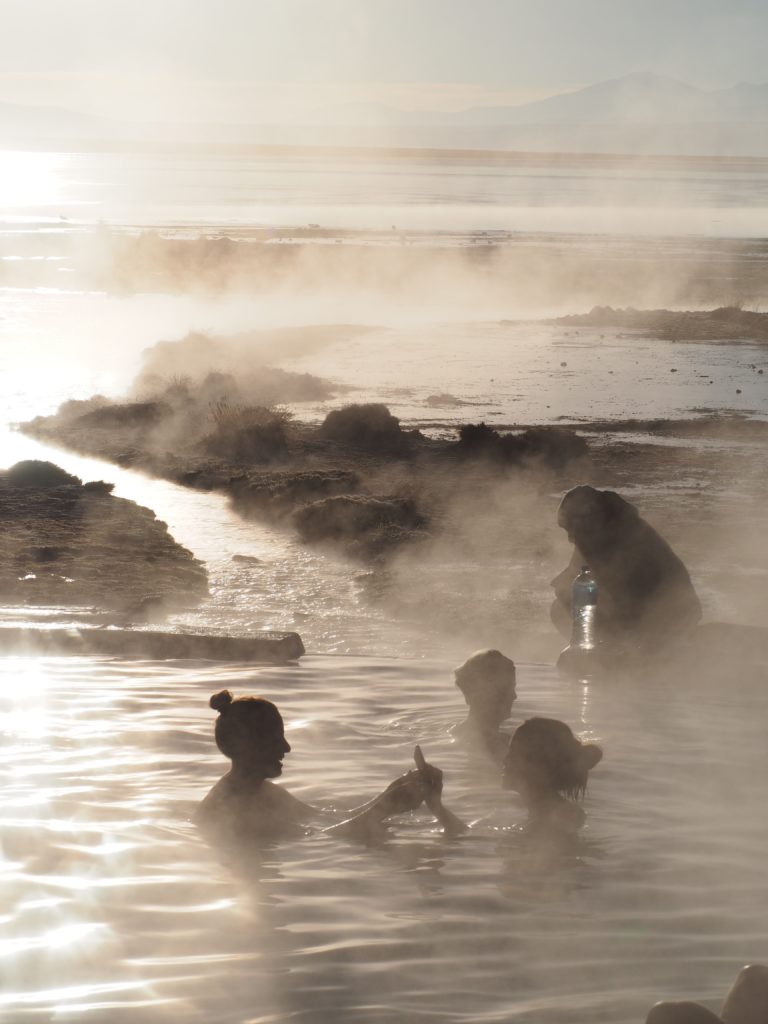
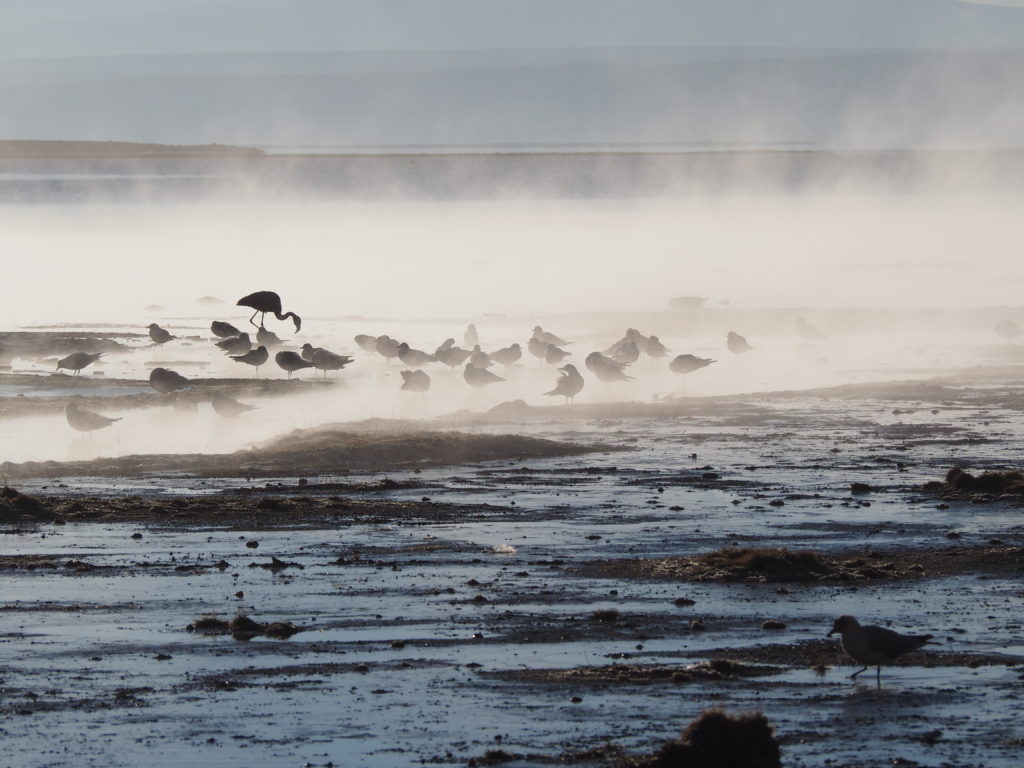
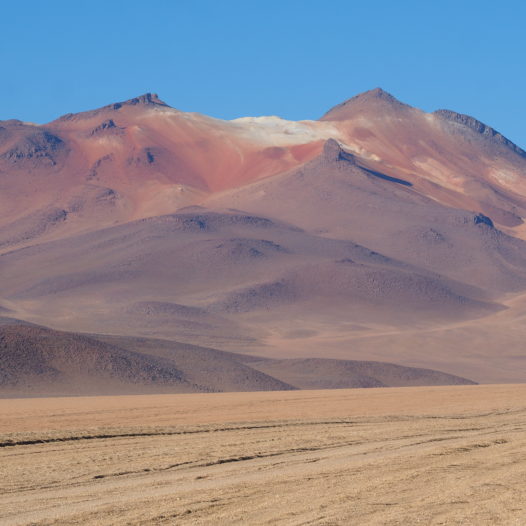
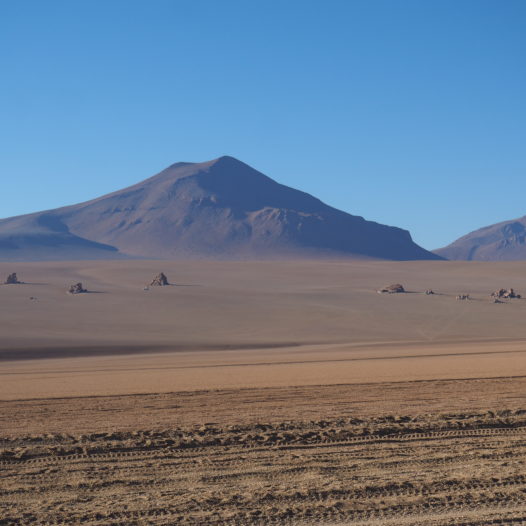
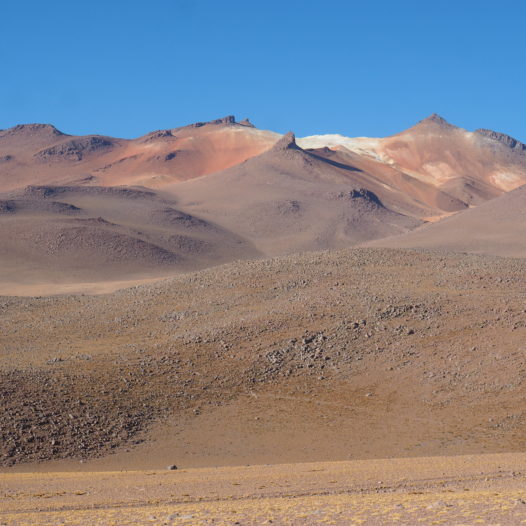
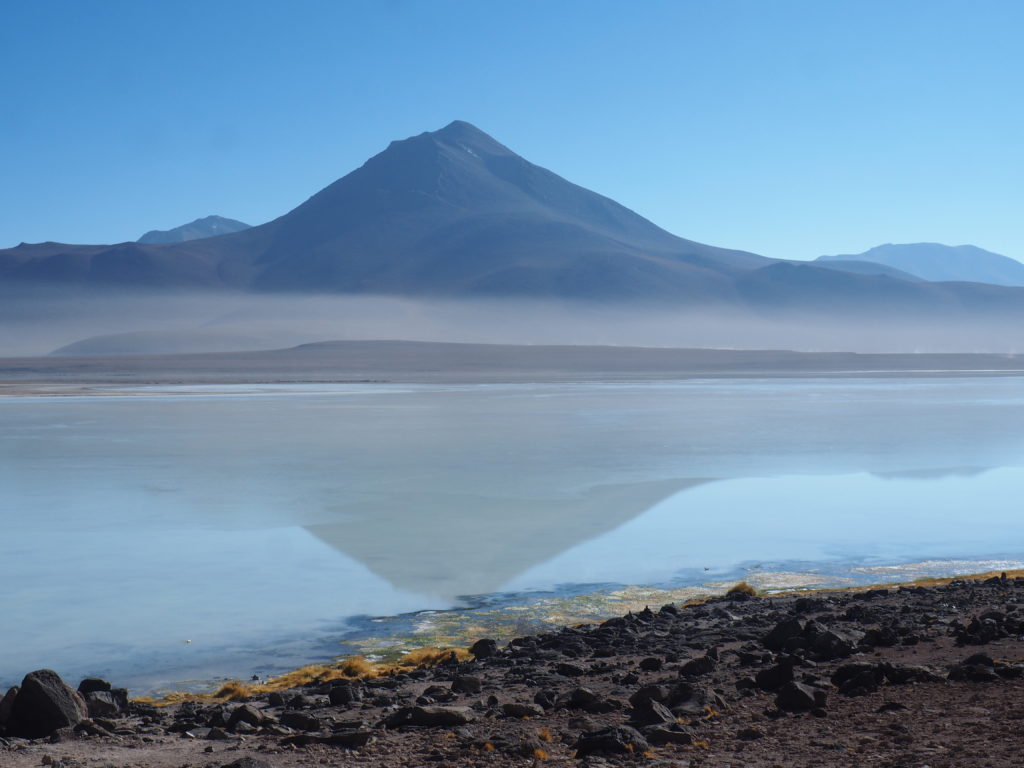
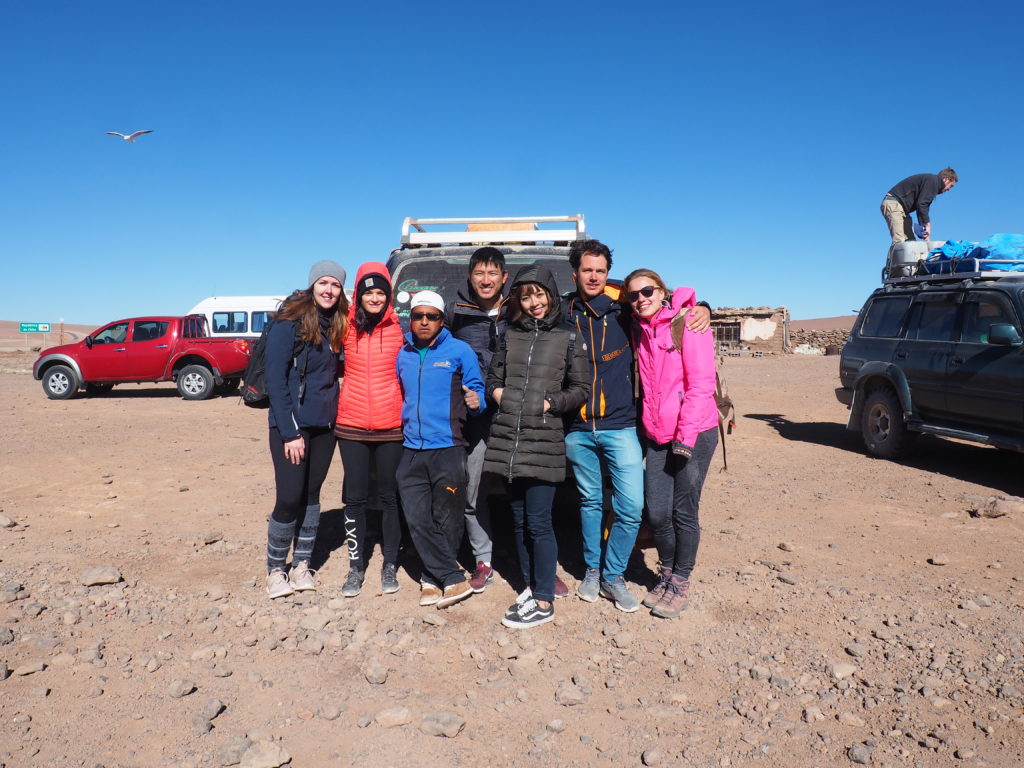
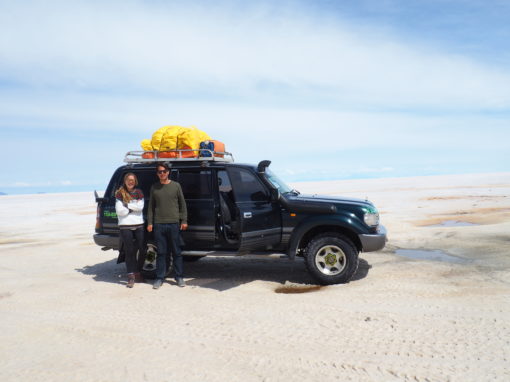
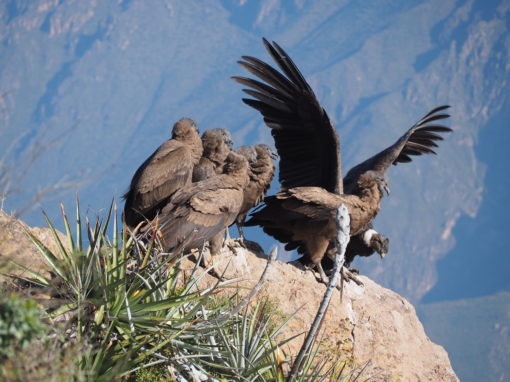
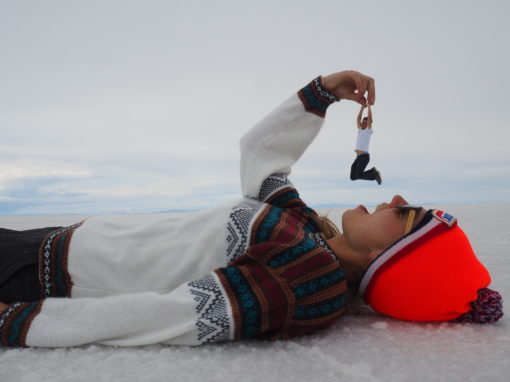
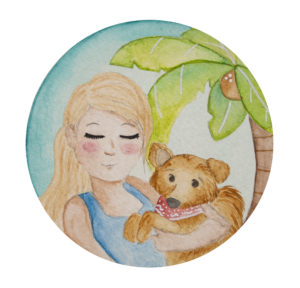
ling
January 7, 2020 at 4:33 am
Very detailed report. Thanks for it.
Did you have to pay advance for the tour? Did they offer the airport pick up or by request?
Kristel
January 13, 2020 at 4:00 am
Hi Ling, thanks for the comment! Yes I paid the tour (partially I believe) in advance. I think they offered the pick up themselves.. but if not, obviously you can request this as well. Hope this helps! Cheers, Kristel from TTT